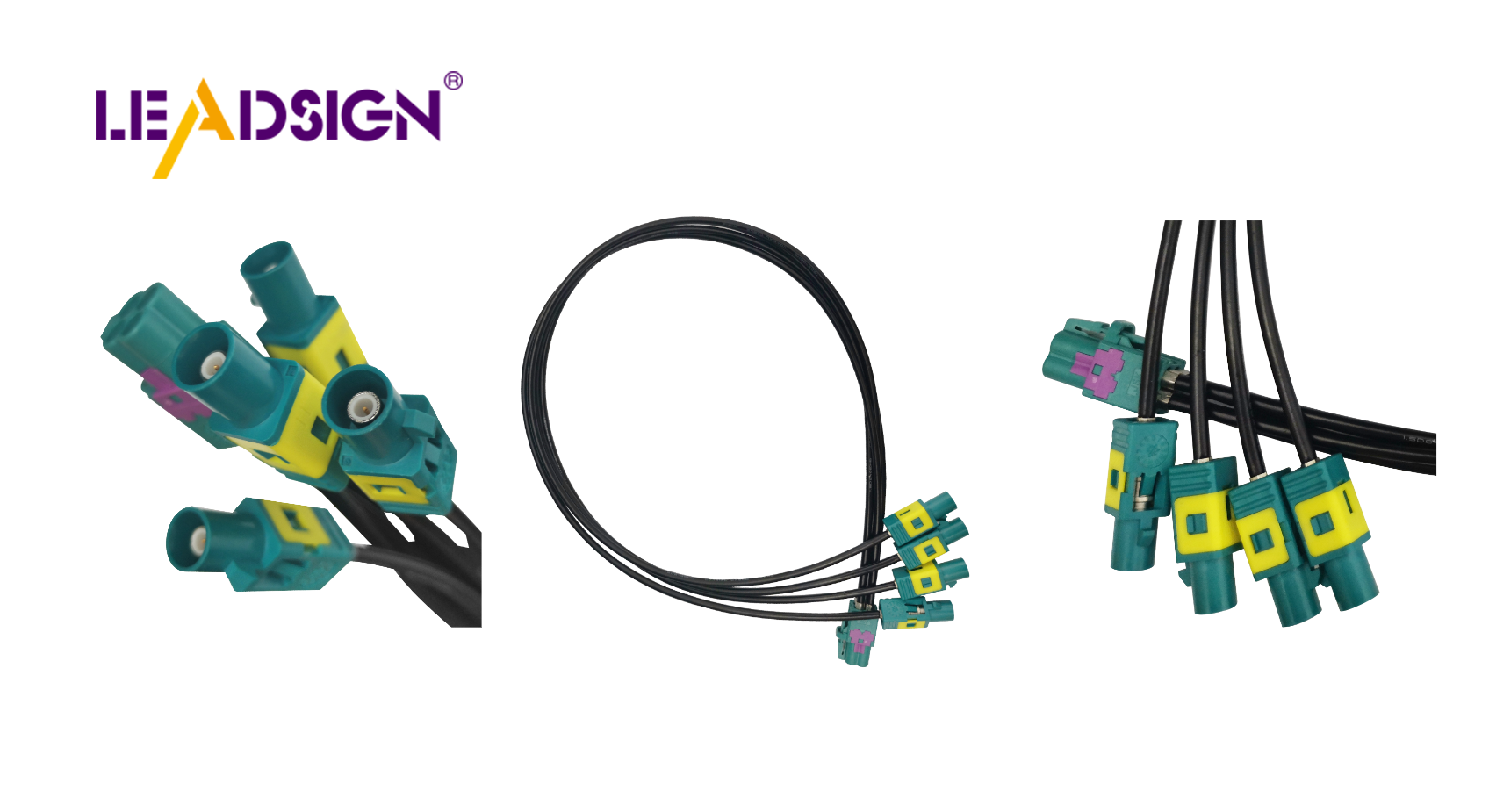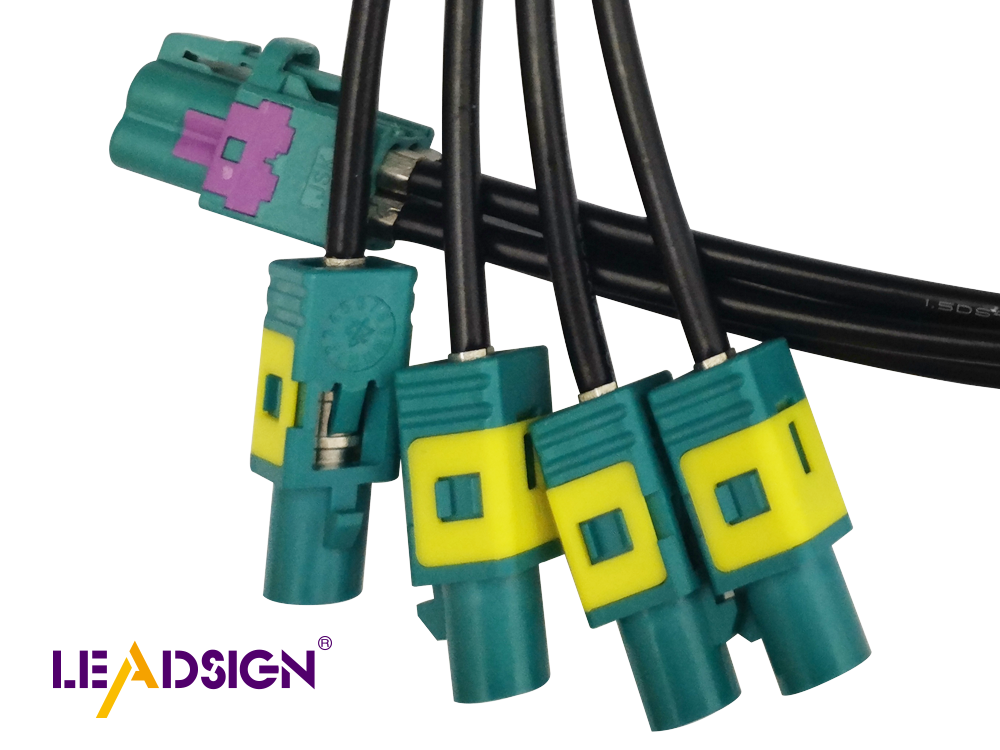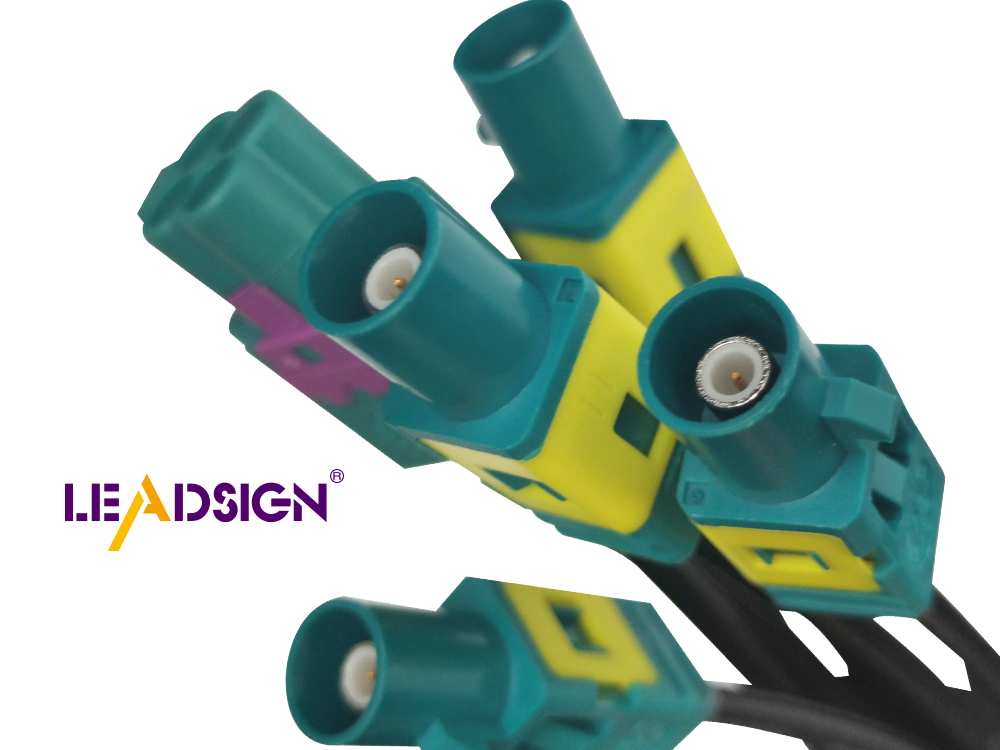Comparing Automotive RF Cables: Which Type is Best?

Automotive wires, particularly RF cables, play a crucial role in vehicles by facilitating communication and data transfer. Selecting the appropriate RF cable significantly impacts its performance and durability. These automotive wires must withstand various conditions, such as fluctuating temperatures and vibrations. Opting for the right RF cable enhances signal quality and strength, which is essential for modern vehicles.
Understanding RF Cables
What are RF Cables?
Definition and Basic Function
RF cables, or radio frequency cables, are important in cars. They send signals between parts of a car. This helps systems talk to each other. These cables keep things like navigation working well.
Common Uses in Automotive Industry
In cars, RF cables link key systems. They help with self-driving tech and driver aids. They also connect backseat entertainment. By sending data fast, these cables make driving better.
Key Specifications of RF Cables
Impedance
Impedance shows how much a cable resists electrical signals. In cars, the right impedance keeps signals clear. Most car RF cables have 50 ohms for good performance.
Attenuation
Attenuation means signal strength drops as it moves through a cable. Keeping attenuation low is important for strong signals. Car RF cables cut down signal loss for reliable communication.
Frequency Range
The frequency range tells what signals an RF cable can carry. Car RF cables often handle many frequencies for different needs. High frequencies let them manage fast data and real-time talks.
Types of Automotive RF Cables

Coaxial Cables
Structure and Design
Coaxial cables are common in cars. They have a center wire, an insulating cover, a metal shield, and another outer cover. This setup helps stop signal loss and noise. It makes them good for sending high signals in cars. The design keeps signals strong over long distances.
Advantages and Disadvantages
Coaxial cables have many good points. They block electromagnetic noise well, keeping signals clear. Their strong build makes them last long in tough car conditions. But they can be big, which is hard in tight car spaces. Also, they might cost more because of the materials.
Twinaxial Cables
Structure and Design
Twinaxial cables have two wires twisted together with a shield around them. This setup cuts down on noise from outside sources. These wires send signals efficiently, making them fit for some car uses where space matters.
Advantages and Disadvantages
Twinaxial cables send balanced signals well, even with lots of interference around. They are lighter and bend easier than coaxial ones, so they fit better in small spaces in cars. But they might not block noise as well as triaxial cables do.
Triaxial Cables
Structure and Design
Triaxial cables are like coaxials but with extra shielding layers. This extra layer gives great protection from outside noise. They work best where top-level interference blocking is needed.
Advantages and Disadvantages
Triaxials block interference very well, perfect for important car systems needing clear signals. But their complex build can make them costly and less bendable than other wires, which could be a problem if cost or flexibility is key.
Comparing RF Cables

Performance Comparison
Signal Quality
Car wires, like RF cables, help keep signals clear. Coaxial cables are great because they block noise well. This makes communication strong and reliable. Twinaxial cables also work well but might struggle with lots of noise around. Triaxial cables stop noise best, perfect for important systems needing clear signals.
Durability
Durability matters for car wires. Coaxial cables are tough and handle rough conditions. Twinaxial ones fit in small spaces but aren't as strong as coaxials. Triaxial cables protect well but can be hard to bend, making them tricky to install in tight spots.
Cost Analysis
Initial Cost
RF cable prices differ. Coaxials cost more due to their materials and build. Twinaxials are cheaper, good for saving money. Triaxials cost the most because of their fancy design.
Long-term Value
Long-term value depends on needs. Coaxials last long and work well over time, offering good value. Twinaxials need replacing more often despite being cheap at first. Triaxials cost a lot upfront but give great value where top interference blocking is needed.
Application Suitability
Best Use Cases for Each Type
Each RF cable fits different car uses. Coaxials are best for systems needing clear signals like navigation and music systems. Twinaxials fit tight spaces like backseat screens. Triaxials shine in key systems where blocking noise is crucial, like self-driving tech.
Environmental Considerations
Environment affects cable choice too. Coaxials handle temperature changes and shaking well, so they're versatile. Twinaxials bend easily in small spaces but need extra care in harsh places. Triaxials do best where there's lots of electromagnetic noise.
Coaxial, twinaxial, and triaxial RF cables each have special benefits. Coaxial cables give clear signals and last long. Twinaxial cables fit in small spaces easily. Triaxial cables are great at cutting noise.
See Also
Maximizing Automotive Data Transfer: Cutting-Edge Connectors and Cables
Improving Automotive Data Transfer: High-Tech Connectors and Cables
The Benefits of HFM RF Connectors in Automotive Innovation
The Benefits of FAKRA PCB Mount Connectors in Automotive and RF Tech

